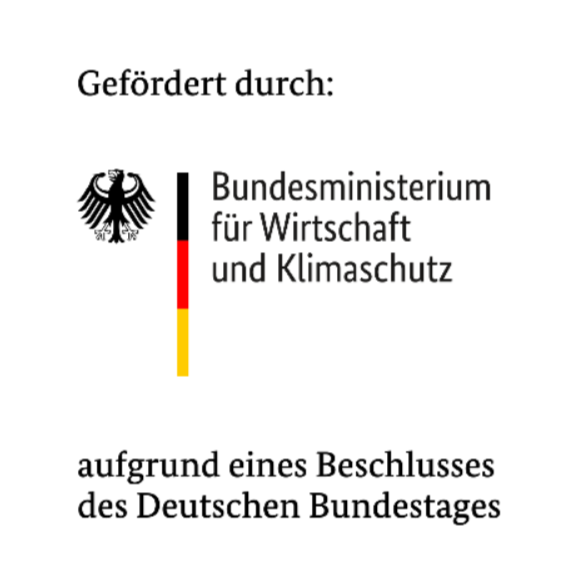The demand for cast iron components for all areas of mechanical engineering, wind energy, and drive technology will continue to increase in the coming years due to rising demand and the advantageous material properties. The ADI heat treatment allows a wide range of mechanical properties depending on the choice of temperature level and time, which enables a customized adaptation of the GJS base material to the specific requirement. ADI exhibits high fatigue strength with good machinability and high elongation at break.
However, currently, the use of these materials is always associated with uncertainties in the manufacturing process (casting and subsequent heat treatment) as well as in the assessment of local fatigue strength behavior. For example, design parameters for the different ADI grades are missing, especially considering that locally significantly different fatigue strengths can occur in thick cast parts, which is favored by heterogeneous microstructures and uneven heat treatment. In particular, the metallurgy, the quenching process, and the ausferritization phase are of great importance with regard to the locally resulting load-bearing capacities.
The goal is to develop a holistic approach for the metallurgy, simulation, and dimensioning of ADI and ADI components. In particular, local chemical compositions and material properties for different component sizes are to be investigated, and the simulation is to be improved to such an extent that the local microstructure after casting and the local cyclic load-bearing capacity on the component can be estimated.
